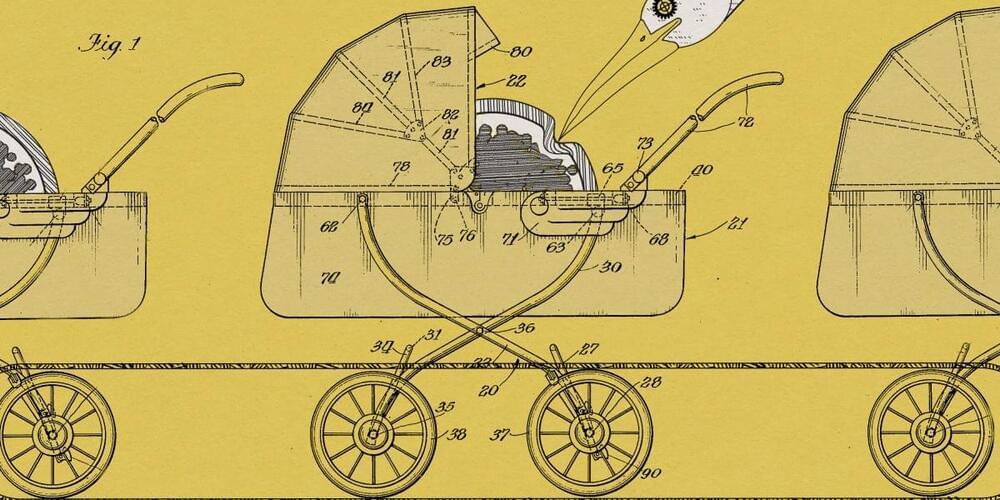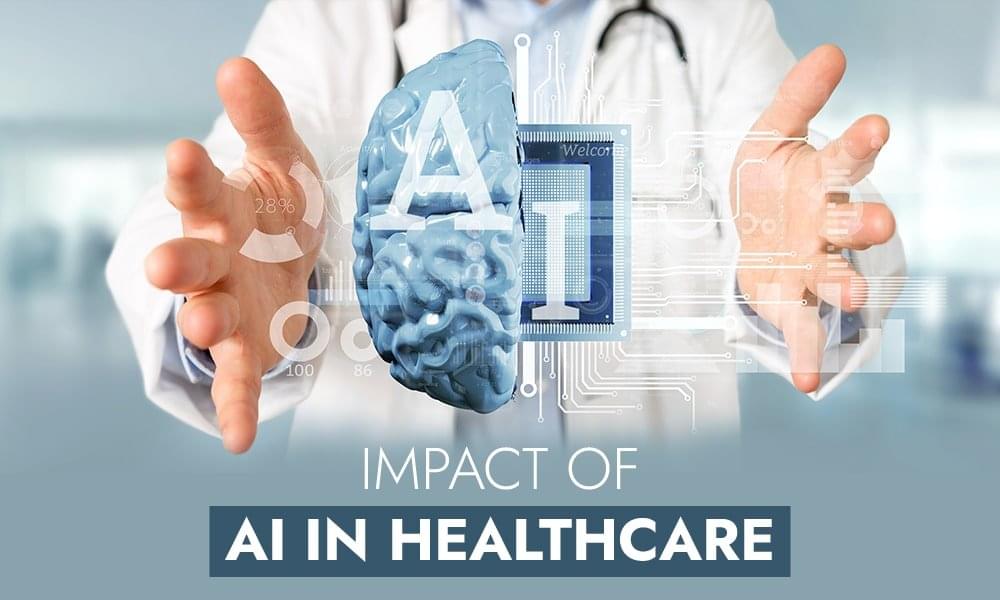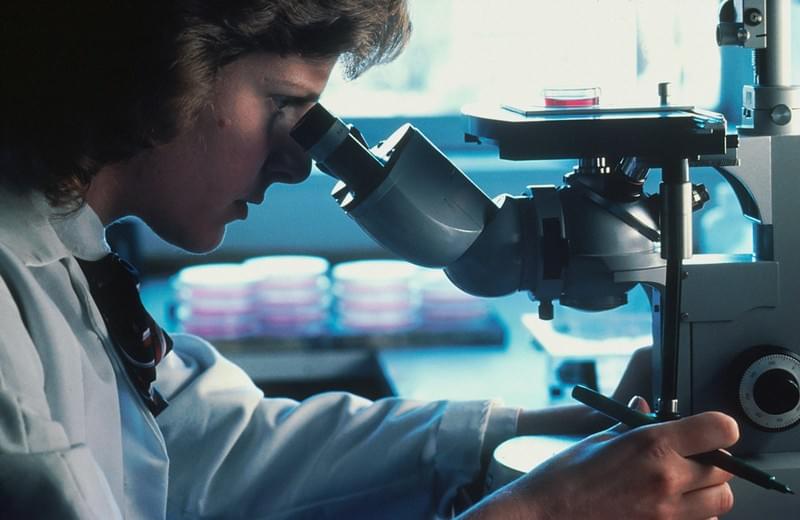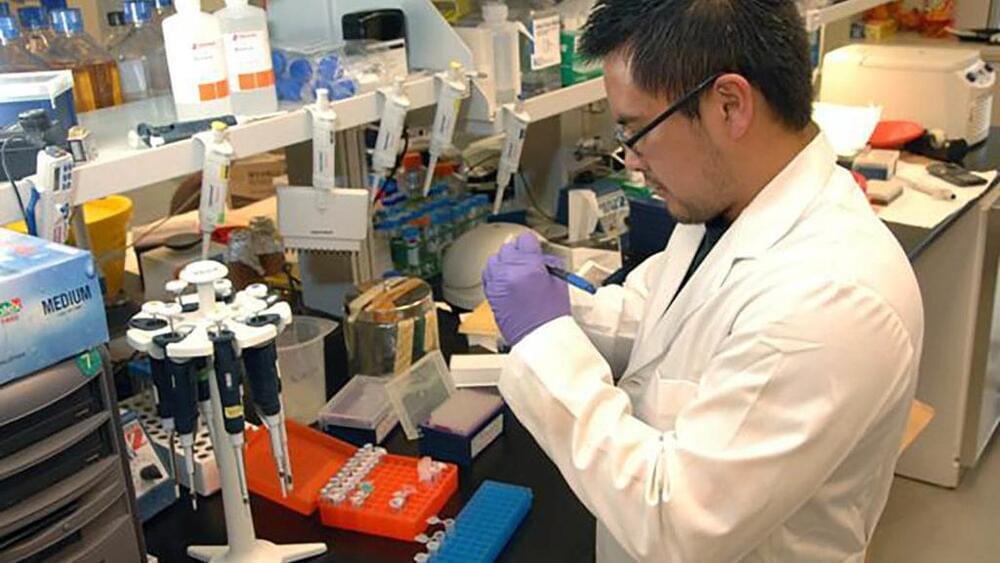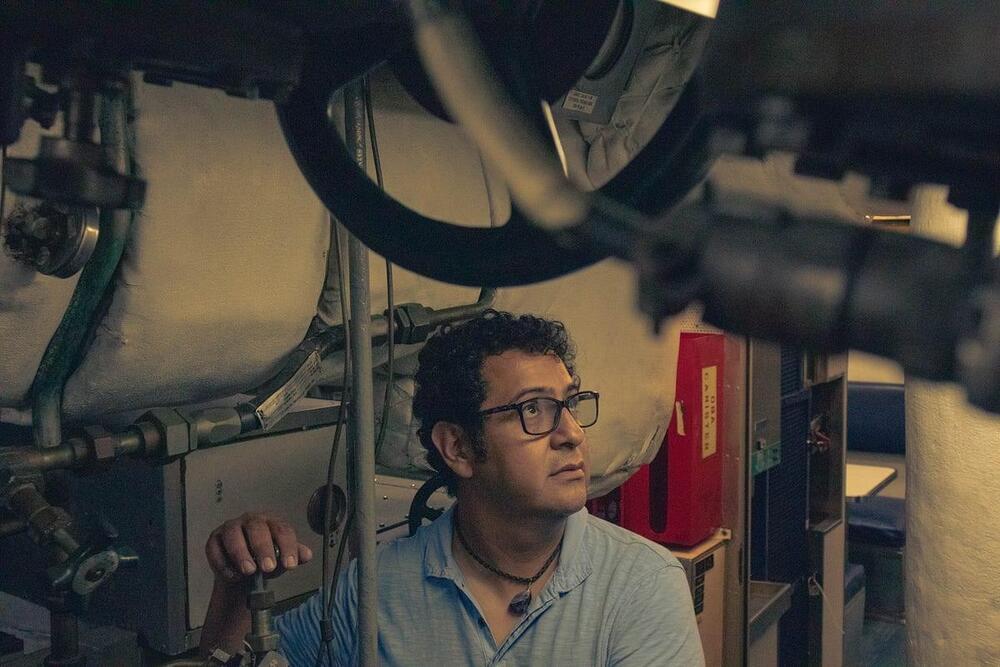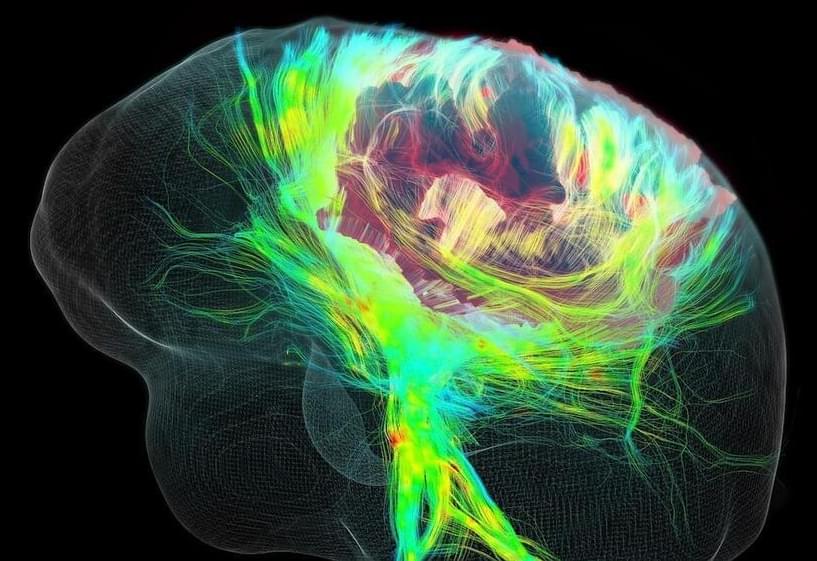Cardiovascular disease (CVD) is the leading cause of death worldwide and considered one of the most environmentally driven diseases. The role of DNA methylation in response to the individual exposure for the development and progression of CVD is still poorly understood and a synthesis of the evidence is lacking.
A systematic review of articles examining measurements of DNA cytosine methylation in CVD was conducted in accordance with PRISMA (preferred reporting items for systematic reviews and meta-analyses) guidelines. The search yielded 5,563 articles from PubMed and CENTRAL databases. From 99 studies with a total of 87,827 individuals eligible for analysis, a database was created combining all CpG-, gene-and study-related information. It contains 74,580 unique CpG sites, of which 1,452 CpG sites were mentioned in ≥ 2, and 441 CpG sites in ≥ 3 publications. Two sites were referenced in ≥ 6 publications: cg01656216 (near ZNF438) related to vascular disease and epigenetic age, and cg03636183 (near F2RL3) related to coronary heart disease, myocardial infarction, smoking and air pollution. Of 19,127 mapped genes, 5,807 were reported in ≥ 2 studies.

